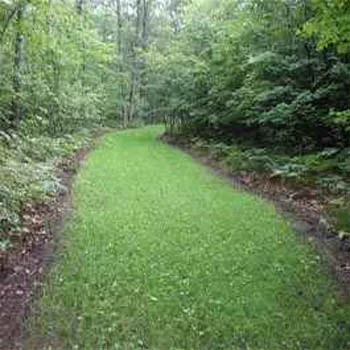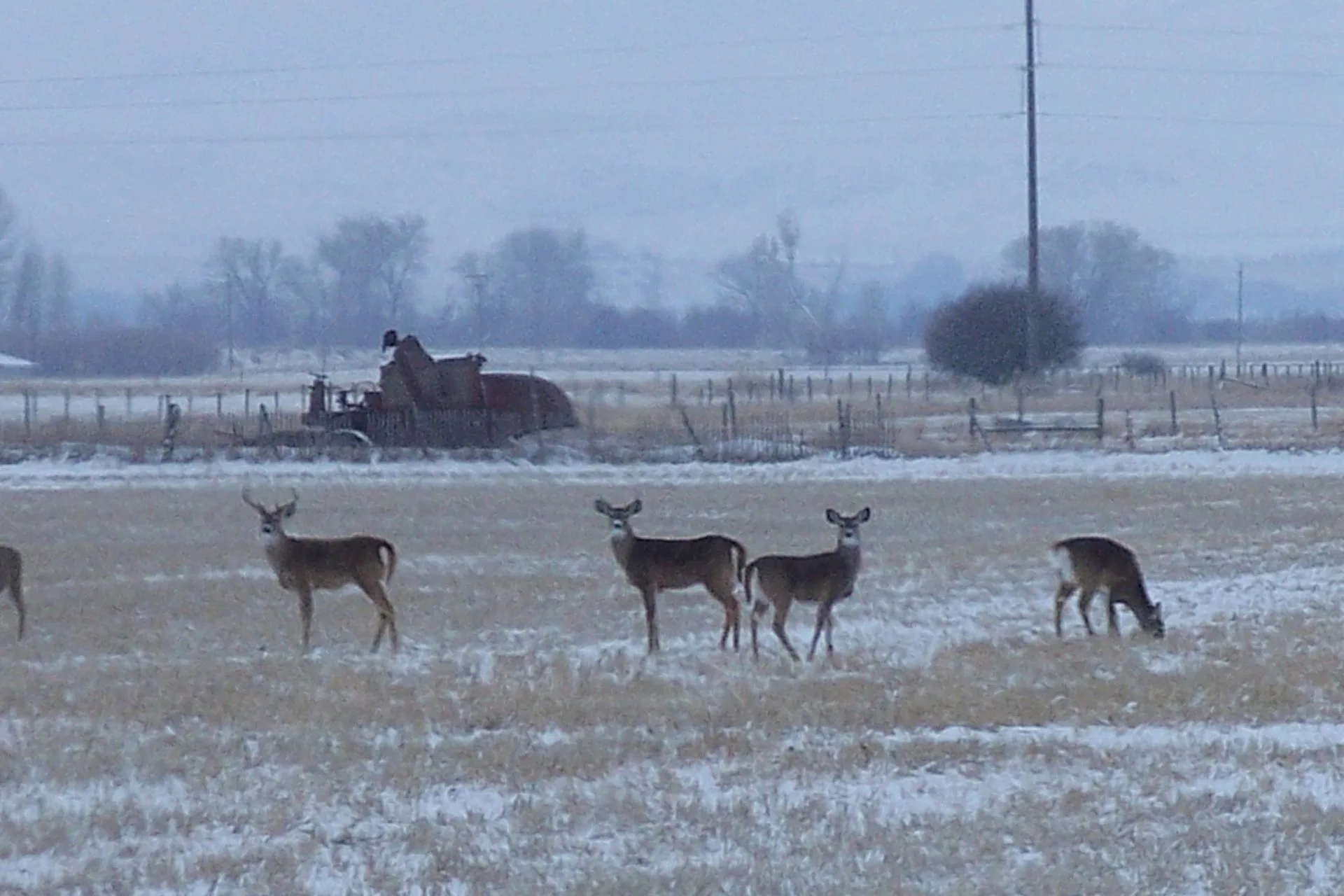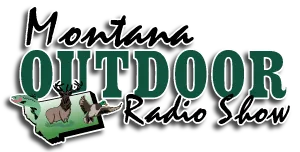Deer enjoy eating. Elk, Mule deer, Whitetail Deer, and Moose are not on any diets during the Fall season. As the Fall season approaches and days become shorter, the deer feast on abundant foods that will soon be gone.
Winter is just around the corner and deer need to lay on the Fat to survive, when the land becomes dead, and the natural foods are gone. This is why Hunting season is in the Fall. By reducing the herd size, there is a greater chance for others to survive Winter.
Not all foods are created equal when it comes to healthy nutrition for deer. Different foods are available at different altitudes and places. Montana, and other states have a diversity of habitats that offer different foods.
Some states like Maryland and Pennsylvania encourage hunters to plant food plots, use licks, and even bait during the longer hunting seasons. Early season mineral licks are designed to encourage antler growth and deer health. Bait piles bring deer to stand sites where they can be tagged. This is not as sporting and is not legal in states like Montana.
The purpose of baiting is to more dramatically reduce the size of deer herds. Farmers also get huge culling tags allotments to reduce the herds even more. More urban states, with more highways have a huge number of deer strikes to contend with. Insurance companies lobby the State wildlife agencies to help reduce the numbers of deer.

More ethical hunters can hunt over farmers crops with good success. There are several options on the Farmers Field Menus that can be found. One of my hunting buddies in Maryland is disappointed this year after his lease was planted with soy beans instead of corn. If the beans are harvested early, maybe winter wheat will be planted and help hunting later in the season. Always check your local regulations on how, what, and when you can add food to support, and attract wildlife, for hunting.
The best food source for deer are
Alfalfa This thick grassy crop is high in protein and nutrients. Alfalfa is often thick and abundant into the Winter season
Canola, Milo, and Sorghum These crops are high in carbs and proteins. Farmers often harvest these crops later in the season. Other crops like corn, wheat, and vegetables are often unavailable due to early harvests. Winter Wheat can be a great season crop that is available all Winter.
Hunters Food Plots are effective Deer Diners. Most hunters use a variety of grains like clover, chicory, Alyce clover, cowpeas, and buckwheat. Planting these crops along dirt roads and private roads can be a great food source. The deer will do any mowing needed.
Chestnut and Oak trees are deer Donut Shops. White oak acorns are like Hershey chocolate to deer. A century ago, Chestnut trees were the best food source for deer and turkeys. When the blight killed them, the food source was lost. There are now Hybrid Chestnut Trees that are blight resistant. The Dunstan variety is a good choice that can grow for over 100 years.
Berry plots are like a Tasty Freeze for deer. Blackberries, raspberries and other berries offer great food and cover for deer. Persimmons and wild plums or other fruits can be deer magnets. Oats, rye, and Winter Wheat can keep deer fed until Spring arrives.
Wild mushrooms have phosphorus and other special nutrients. Deer target these foods in archery season. Broad leave Forbes are also perfect later season food choices in higher altitudes.
Many of the crops that deer enjoy eating are also beneficial to other wild critters. They supply shelter, food, and shade for all wildlife. Helping feed your deer herds helps the entire ecosystem. Its good business for all and looks nice too.
Bon Appetit!
Montana Grant




